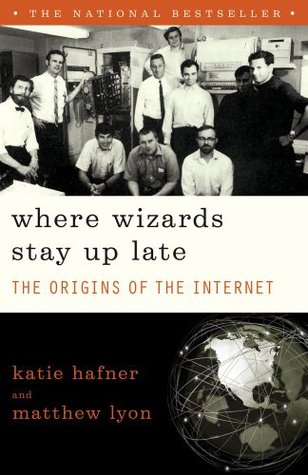More on this book
Community
Kindle Notes & Highlights
by
Katie Hafner
Read between
April 1 - April 6, 2017
Metcalfe started his own company, 3Com, to sell Ethernet for commercial computers, including Sun machines.
Every university hooked its workstations to local area networks. Rather than connect to a single large computer, universities wanted to connect their entire local area network—or LAN—to the ARPANET. Ethernet made this possible. Ethernets were simple and, compared to the 50-kilobit lines of the ARPANET, they were tremendously powerful. Their rapid growth in the university and research community pushed the demand for network interconnection. If your whole university was not connected to the ARPANET, CSNET gave you a way to connect one computer at your university to the ARPANET.
Since the network was undergoing massive rearrangement anyway with the switch to TCP/IP, this seemed an appropriate time to bring out the new standard. Postel and his colleagues called it the simple mail transfer protocol (SMTP). It clarified existing practices, while adding a few new control features.
For years, sorting this out was among the most troublesome, messiest issues for the Internet, until at last a group chiseled out a workable scheme, called the domain name system, or DNS. The core of the DNS team was Jon Postel and Paul Mockapetris at ISI, and BBN’s Craig Partridge. They spent three months working out the details of the new addressing scheme and in November 1983 came forward with two RFCs describing the domain name system. “DNS was a very significant change in the way we thought about the system being organized,” said Postel.
The NSFNET and the regional networks it had spawned became the principal backbone. That year, to mark both the ARPANET’s twentieth anniversary and its passing, UCLA sponsored a symposium and called it “Act One.”
The company had missed its greatest opportunity when it failed to enter the market for routers—of which IMPs were the progenitors. BBN failed to see the potential in routers much as AT&T had refused to acknowledge packet-switching. Anyone wanting to connect a local area network—of which there were now hundreds of thousands—to the Internet needed a router.


